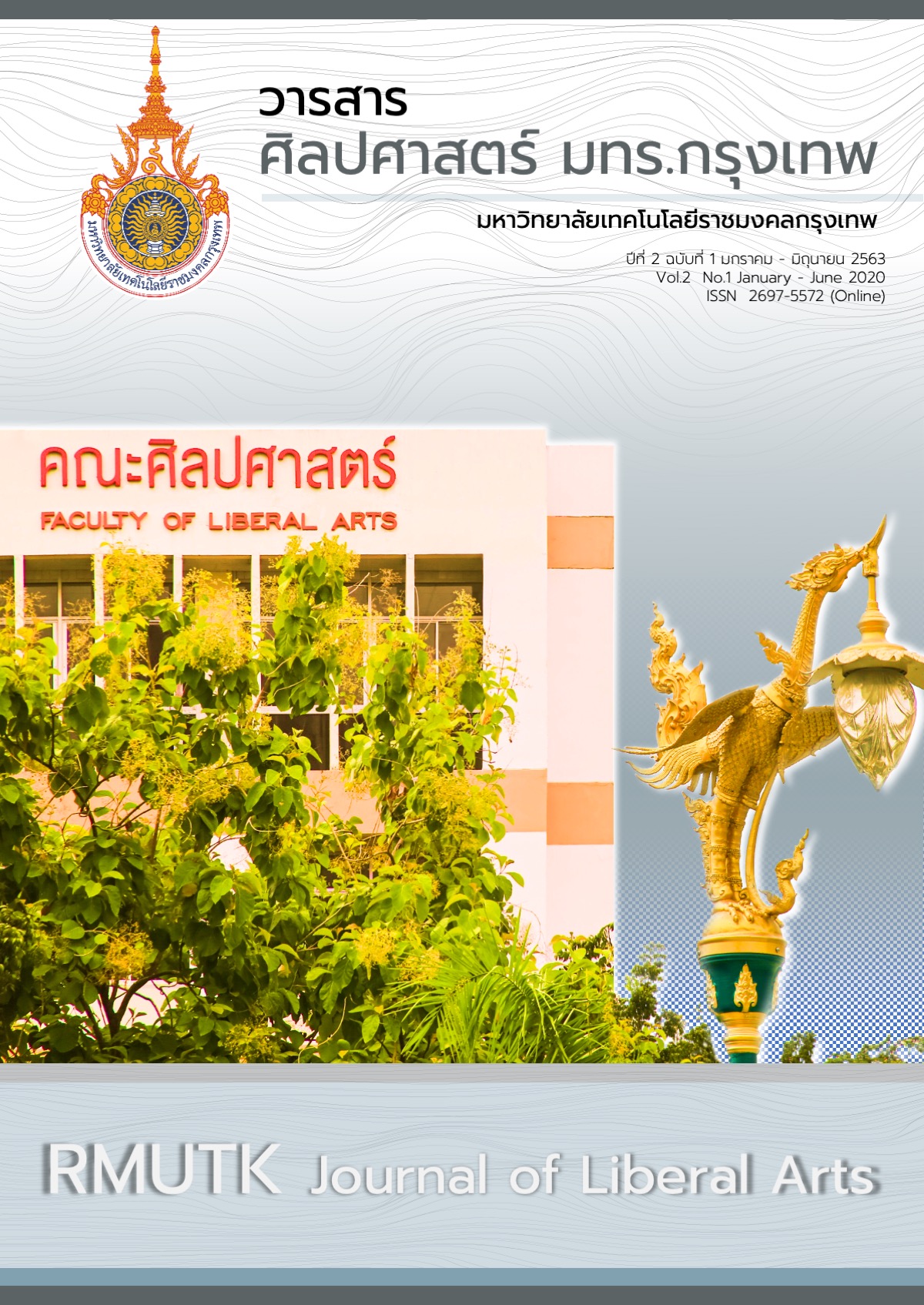มาตรการทางกฎหมายในการคุ้มครองสิทธิความเป็นส่วนตัวของบุคคลในที่สาธารณะ: ศึกษากรณีถ่ายภาพและเผยแพร่ภาพ
Main Article Content
บทคัดย่อ
บทความนี้มุ่งศึกษามาตรการทางกฎหมายที่คุ้มครองสิทธิความเป็นส่วนตัวของบุคคลทั่วไปในการถูกถ่ายภาพ และเผยแพร่ภาพในที่สาธารณะ เพื่อทราบปัญหาในการคุ้มครองสิทธิความเป็นส่วนตัวจากการถ่ายภาพ และเผยแพร่ภาพบุคคลอื่นที่ในที่สาธารณะที่มีอยู่ในปัจจุบัน โดยใช้วิธีศึกษาเปรียบเทียบกับสหรัฐอเมริกา และศึกษามาตรการที่เหมาะสมแก่การใช้กฎหมายในการคุ้มครองสิทธิความเป็นส่วนตัวในกรณีการถูกถ่ายภาพ และถูกเผยแพร่ภาพในที่สาธารณะ
จากการศึกษาพบว่าการถ่ายภาพ และเผยแพร่ต้องพิจารณาเป็นกรณี ๆ ซึ่งพบว่าการถ่ายภาพบุคคลอื่นในที่สาธารณะเป็นการกระทำที่ไม่ละเมิดสิทธิความเป็นส่วนตัว แต่ในกรณีถ่ายภาพในส่วนลับ เช่น การถ่ายใต้กระโปรง แม้จะเป็นการถ่ายในที่สาธารณะถือเป็นการละเมิดสิทธิความเป็นส่วนตัว แม้การอยู่ในที่สาธารณะจะถือว่าเป็นการเปิดเผยตัวก็ตามแต่หาใช่ต้องเปิดเผยทุกส่วนของร่างกาย เป็นการกระทำที่ทำให้ได้รับความอับอายไม่สมควรในทางเพศซึ่งการกระทำดังกล่าวอาจเข้าตามประมวลกฎหมายอาญา มาตรา 278
ในกรณีการเผยแพร่ภาพนั้น มีประมวลกฎหมายอาญา มาตรา 326 หรือ 328 กำหนดความผิดไว้แล้ว แต่ในส่วนการเผยแพร่ภาพบุคคลอื่นในลักษณะที่ชื่นชมโดยที่บุคคลนั้นไม่ยินยอม อาจเป็นการละเมิดสิทธิความเป็นส่วนตัว ซึ่งยังไม่มีมาตรการคุ้มครองในส่วนนี้
Article Details
เอกสารอ้างอิง
จักรวาล ส่าเหล่ทู. (2561). มนุษย์กล้อง-นักถ่ายประจาน...ระวังติดคุกไม่รู้ตัว. [ออนไลน์] สืบค้นจาก: https://www.posttoday.com/politic/report/360016 (วันที่สืบค้น 25 พฤศจิกายน 2561)
ไทยรัฐออนไลน์. (2561). เปิดใจแพะโซเชียล ผมนี่แทบช็อก! รองเท้าขาดหาว่าโรคจิต. [ออนไลน์] สืบค้นจาก: https://www.thairath.co.th/content/470982 (วันที่สืบค้น 2 มิถุนายน 2561)
ไทยรัฐออนไลน์. (2561). เหมือนตายทั้งเป็น! ความจริงจากเหยื่อโซเชียลถูกประณามเป็นโรคจิตแอบถ่าย. [ออนไลน์] สืบค้นจาก: https://www.thairath.co.th/contenct/673019 (วันที่สืบค้น 2 มิถุนายน 2561)
บุญยศิษย์ บุญโพธิ์. (2553). สื่อมวลชนกับการละเมิดสิทธิส่วนบุคคล. กรุงเทพฯ: มหาวิทยาลัยกรุงเทพ.
ประชาไท. (2562). สาธารณะ VS ความเป็นส่วนตัว สถานการณ์โลกออนไลน์ไทย ครึ่งปี 56. [ออนไลน์] สืบค้นจาก: https://prachatai.com/journal/2013/08/48332 (วันที่สืบค้น 14 มีนาคม 2562)
มาตาลักษณ์ ออรุ่งโรจน์. (2549). ขอบเขตความเป็นส่วนตัวของบุคคลสาธารณะตามประมวลกฎหมาย อาญา. ใน รวมบทความงานวิชาการประจำปีคณะนิติศาสตร์มหาวิทยาลัยธรรมศาสตร์. พิมพ์ครั้งที่ 2. หน้า 26-27. กรุงเทพฯ: สำนักพิมพ์วิญญูชน.
Boling, Patricia. (1996). Privacy and the Politics of Intimate Life. the United States of America: Cornell University Press.
Bostwick, Gary L.. (1976). A Taxonomy of Privacy: Repose, Sanctuary, and Intimate Decision. California Law Review, 64(6), 1451.
Gavison, Ruth. (1980). Privacy and the Limits of Law. the Yale Law Journal. 64(3), 428.
Kennedy, Megan. (2018). Street Photography Ethics: ToShoot or Not to Shoot. Retrivved from http://experphotography.com/street-photography-ethics/(Acess date 25 November 2018).
Moore, Adam D.. (2010). Privacy rights: moral and legal foundations. the United States of America: The Pennsylvania State University.
Warren, Samuel D. & Brandeis, Louis D.. (1890). The Right to Privacy. Harvard Law Review. 4(5), 193 - 220.
Warren, Samuel D. & Brandeis, Louis D.. (2007). A primer on invasion of privacy. Photographers’ Guide to Privacy. Fall,1-4.


